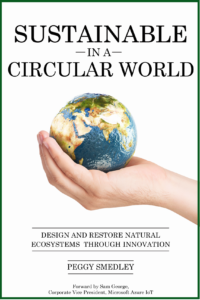Author: Connected World
IDC forecasts worldwide sovereign cloud spending will reach more than $250 billion in 2027.
Gartner says 39% of organizations currently use AI in the finance function.
ABI Research says surging EV adoption will drive public EV charging revenue to reach $164 billion by 2035.
Automotive shipping could use a resurgence with AI (artificial intelligence). Consider this: What if a system could autonomously manage 85% of shipping orders, minimizing the need for manual intervention? One company aims to do this with AI. As one example, RunBuggy has launched RunBot, which is an AI system that integrates into RunBuggy’s transportation management platform. The company says this acts as the central nervous system for orchestrating the complexities of the automotive shipping process. Here is how it works: RunBot uses machine learning models to prioritize operational tasks, predict delivery challenges, and offer insights. The predictive capabilities ensure logistical…
Berg Insight says the shared micromobility fleet to reach 38.2 million vehicles by 2027.
Juniper Research says AI to limit operator revenue leakage from 5G roaming connections to $118 million in 2024.
IDC predicts the Gen AI powered skills development will produce $1 trillion in productivity gains by 2026.
Gartner forecasts worldwide semiconductor revenue will grow 17% in 2024.
ABI Research says cement producers will drive a surge in digitalization investment spend of $3.54 billion in 2033.
Connected devices can help us in all walks of life—and one place in particular is healthcare, which is seeing new technology help patients. Case in point: a deep brain stimulation device with a 15-year battery life allows more continual treatment of patients with movement disorders. Let’s take a step back first. Deep brain stimulation is the placement of electrodes in the brain connected to a battery-operated generator. This is like one that is put in the chest that is a cardiac pacemaker. The impulse of electricity can stimulate a specific area of the brain. Here is how this can help:…

